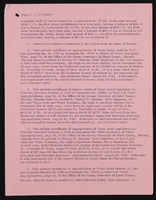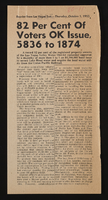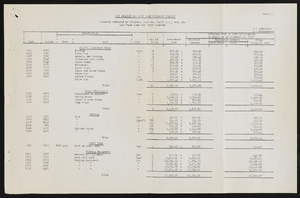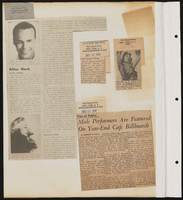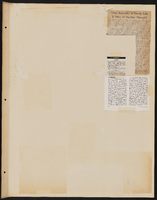Search the Special Collections and Archives Portal
Search Results
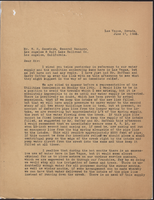
Letter from Walter R. Bracken (Las Vegas) to W. H. Comstock (Los Angeles), June 17, 1922
Date
1922-08-08
Archival Collection
Description
LVL&WC executives had been called to a meeting with the Utilities Commission about water shortages, and W. H. Comstock was seeing if they could quickly increase capacity before the meeting.
Text

Letter from Walter R. Bracken (Las Vegas) to J. P. Mack (Los Angeles), July 12, 1939
Date
1939-07-12
Archival Collection
Description
Bracken was asking the Las Vegas Land and Water Company to disallow payment to the person who should have repaired the leaking pipeline but didn't. The spraying pipeline severely hampered their credibility in the public eye when asking for conservation from citizens.
Text
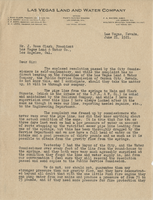
Letter from Walter R. Bracken (Las Vegas) to J. Ross Clark (Los Angeles), June 21, 1921
Date
1922-05-15
Archival Collection
Description
Bracken appraising Clark of a complaint by the City Commission to the Nevada Public Service Commission and its resolution.
Text
Pagination
Refine my results
Content Type
Creator or Contributor
Subject
Archival Collection
Digital Project
Resource Type
Year
Material Type
Place
Language
Records Classification

